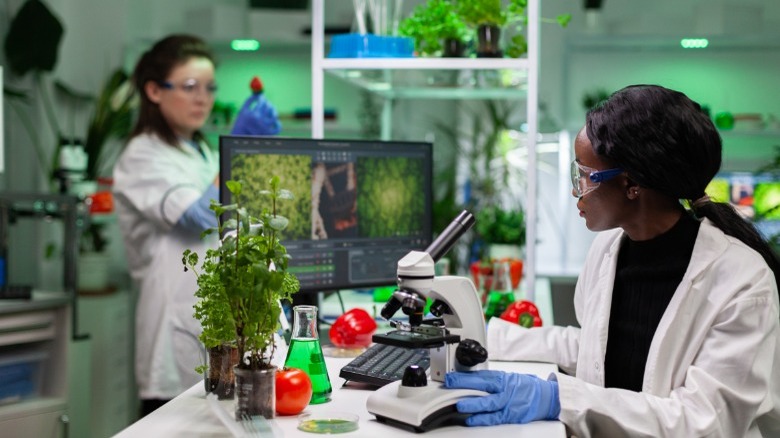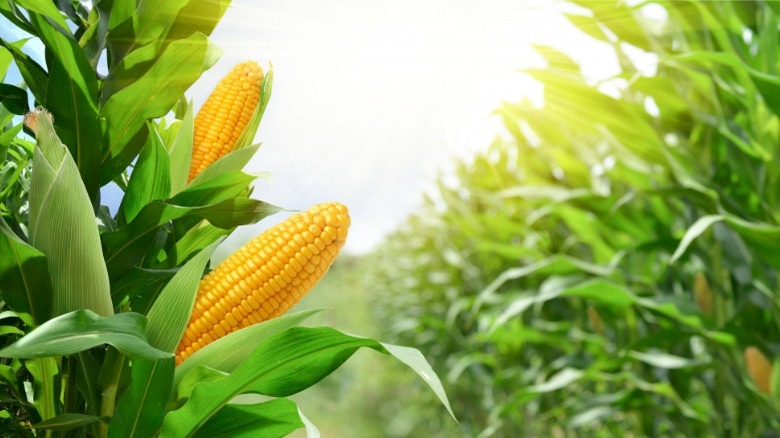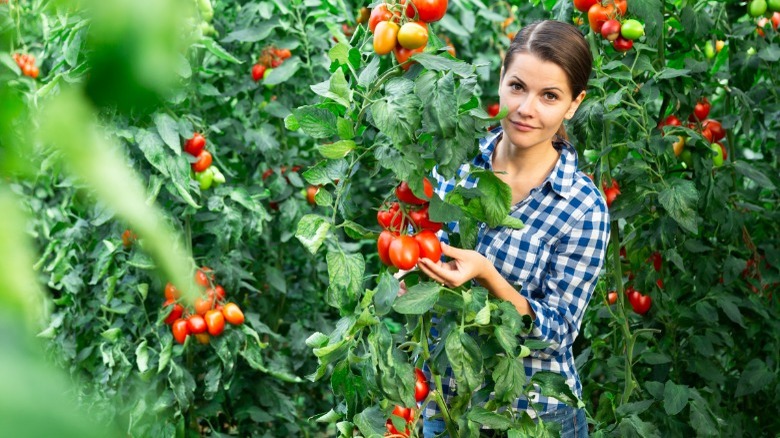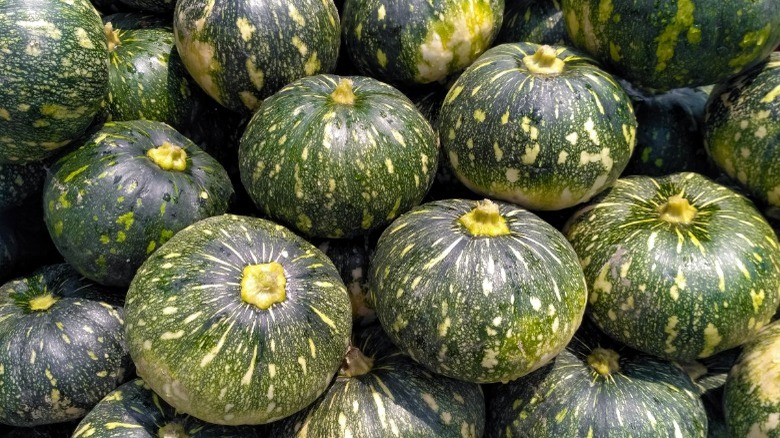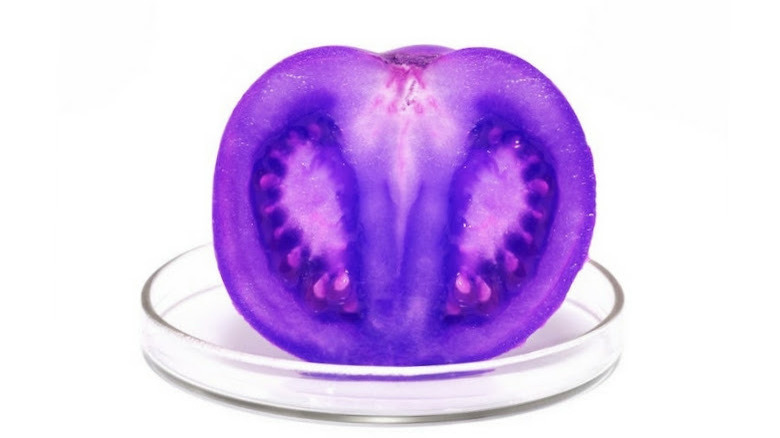Should You Consider GMOs For Your Home Garden?
It's that time of year again if you have a garden. If you've got ants in your plants to get started on your spring garden, we get it! Whether you like to grow flowers, herbs, vegetables, or houseplants, or just enjoy working on your landscaping, this is the time to get started. If you also happen to be a forward thinker, you might have thought about the benefits of GMOs and how they could be the key to growing bigger, better plants.
You may have even heard that GMO seeds are predicted to become available soon. If this turned out to be true, should you consider GMOs for your home garden? Well, that's debatable. How much do you really know about genetic modification? Are there really GMO plants or seeds available to the public? Some of these answers might surprise you. If you find your interest piqued, stay with us for some fascinating information about GMOs and whether or not they're right for your home garden.
What does GMO really mean?
The term GMO stands for genetically modified organisms. It's also referred to as GM for short, or GE, which stands for genetically engineered. When a plant is genetically modified, it means its DNA has been altered or manipulated by scientists. Scientists can now extract an isolated selection of specific traits from the DNA of one plant and introduce them into the genome of another. The result is the creation of a genetically modified organism.
With plants, this can be accomplished by using a specific type of bacteria or virus, which inherently inserts its DNA into the host cell of an organism. One of the most amazing parts of this procedure is that it's performed in a lab on a microscopic level where only plant cells are needed (as opposed to the entire plant). This is possible because a single plant cell can grow an entire plant. The seeds from these plants create what we know as GMOs.
Environmental and biodiversity impact of GMO
There are legitimate concerns about the long-term effects of using GMO seeds on the environment that need further research and attention. In particular, how do they affect biodiversity? You see, biodiversity represents the delicate balance of our ecosystem, such as the many different natural species in a given region or area. If caution was thrown to the wind and GMOs were suddenly released, the possible adverse effects on the environment and biodiversity could be catastrophic. For example, according to the Journal of Ecosystem & Ecography, genetically modified crops result in reduced insects that birds and other wildlife depend on.
It was discovered that Monarch butterflies that ate pollen-coated leaves from genetically modified corn experienced stunted growth and died quicker. Another study found that ladybugs who ate aphids who had consumed GM potatoes were adversely affected. You can see how this could have a devastating snowball effect across all living organisms. Invasive species would likely flourish, and the delicate environmental balance could be destroyed. Of course, this would also include home gardens of all types and sizes.
GMO floriculture
Have you ever seen blue carnations and roses at the florist? These are products of GMOs. It's a little safer to play with GMO flowers than crops since they only alter their outward appearance, whereas the crops are altered to be more pest and disease resistant. The latter has the potential to be dangerous to the environment, but the former doesn't.
GMO flowers have tremendous appeal to home gardeners who would love to appreciate their unusual beauty in their home gardens. The problem is that none of them have been made available for consumers to propagate — yet. GM flowers are currently only available pre-cut and in bouquets, intentionally sold without a viable way of reproducing.
But they may be available to the public soon. For example, one interesting GMO on the horizon is flowers that glow. According to Ars Technica, a group of Russian scientists working for a place called Planta has applied for patents on the system of glowing growing. It may only be a matter of time before landscape lighting is replaced with lighted landscaping.
What crops are currently grown with GMO?
In the United States, the majority of GMO crops are grown for the purpose of animal food. But that's not to say there aren't any that people consume. For example, most of all sugar and cornstarch come from GMO crops. Other major U.S. GMO harvests are sugar beets, corn, canola, soybean, alfalfa, and cotton. Less common ones include varieties of potatoes, apples, summer squash, pink pineapple, and rainbow papaya. At this time, nearly all commercially grown corn in the United States has been genetically modified. According to the FDA, 95% of all animals used for meat and dairy products today eat GM crops. The FDA and other regulatory agencies maintain there is no discernible difference in nutritional value or quality between GMO and non-GMO. In fact, approximately 75% of grocery store items contain GMO ingredients.
A relatively new initiative requires GMOs to be labeled "bioengineered" for easier identification by consumers. This is due to a law initiated and passed by Congress in 2016 and officially implemented in 2020. In it, the USDA was directed to include these labels on all genetically modified foods, mainly to address public concerns and promote public awareness.
Pros of growing with GMO
GMOs are typically done to improve the hardiness of certain plants by adding the necessary selected traits from others. According to the FDA, the USDA, FDA, and EPA have all certified that GM food is perfectly safe for humans and animals to eat. Not only that, it may even contain more flavor, nutrients, and improved visual traits. Genetic modification greatly speeds up the process of selective breeding and accomplishes more precise and targeted results. Most crops are modified to resist pests and diseases, thus reducing the need for harmful pesticides. For farmers, GMOs make their jobs easier and their yields higher.
According to the FDA, a good example of a positive impact of genetic modification is the Rainbow papaya. In the 1990s, ringspot disease decimated Hawaiian papaya crops. The virus threatened eradication, coming perilously close to economic collapse in the industry. Designed specifically to be resistant to ringspot disease, the Rainbow papaya was a genetically engineered solution that effectively saved papaya farming in Hawaii.
Risks of growing with GMO
Despite the gains, the long-term environmental concerns and potential health risks are great. Many people feel that insufficient studies and research have been done to know the repercussions of using GMOs. As aforementioned, the potential negative impact on things like biodiversity is concerning. Not only can it push out certain insects and change the biodiversity of an area, but it can also reduce the genetic diversity of plants in the environment. Since only certain characteristics are being transplanted, the "less desirable" features will be bred out, reducing variety.
There are several possible health risks that should be both considered and addressed. One of these pertains to those with food allergies. Due to combining one DNA selection into another genome, results are inherently unpredictable and potentially dangerous. Furthermore, legitimate fears surrounding antibiotic resistance are founded. GE food contains antibiotic resistance markers inserted into the new DNA. This could result in humans developing resistance to antibiotics such as ampicillin over time.
GMO vs. hybrid
You might be surprised to know that the main difference between GMOs and hybrids is all about the laboratory. Specifically, GMOs are genetically engineered in a lab by scientists, whereas hybrids are accomplished either randomly in nature or with human intervention. Hybridization involves cross-breeding two distinct variations of the same plant species. The most reliable way of achieving the desired results is through cross-pollination. Luckily, you don't have to cross your fingers and hope bees will accomplish this task for you. It can be done by hand with something like a small paintbrush quite easily.
Both methods use careful cultivation aimed at the same goal: To create a "super plant," or a unique combination of two plants. For example, some gardeners may want to blend the flavors of two types of melons into one. Similarly, scientists may wish to combine certain plant characteristics to create stronger, bigger, or more pest-resistant plants.
The purple tomato
The current state of GMOs is that they are not available to the general public. Typically only farmers and commercial growers have access. But according to the USDA, this is about to change thanks to the recent approval of the GM purple tomato from England's Norfolk Plant Sciences. In September 2022, the Animal & Plant Health Inspection Service of the U.S. Department of Agriculture issued the first go-ahead for a genetically modified plant expected to be available to consumers sometime in 2023.
This amazing new GMO is special for multiple reasons. The purple tomato was 14 years in the making and credited to Cathie Martin and Eugenio Butelli of the John Innes Centre in Norfolk, England. The color was accomplished with snapdragon genes, and their shelf life is twice as long as a regular tomato. They have added resistance to pests and pathogens, and have extremely high levels of anthocyanins, which are said to fight cancer and increase brain function.
The approval of the GM purple tomato signifies a big change in the industry moving forward. Home gardeners will soon be faced with a choice of including GMOs or not. With this specimen as a first example of what may be available soon, it could be a significant and relevant option to consider. Although the environmental concerns are valid, the reality is that they've already been introduced. Only time will tell what the actual effects will be. The question is, should you consider GMOs for your home garden? Only you can answer that.

